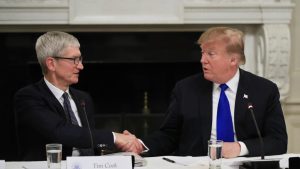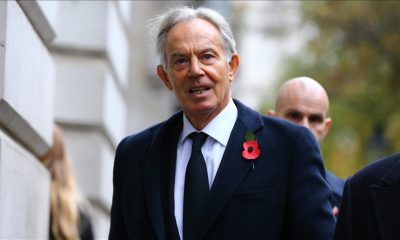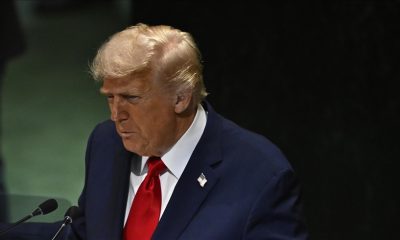Americas
Trump’s Renewed Trade Threats Take Aim at European Union, Apple
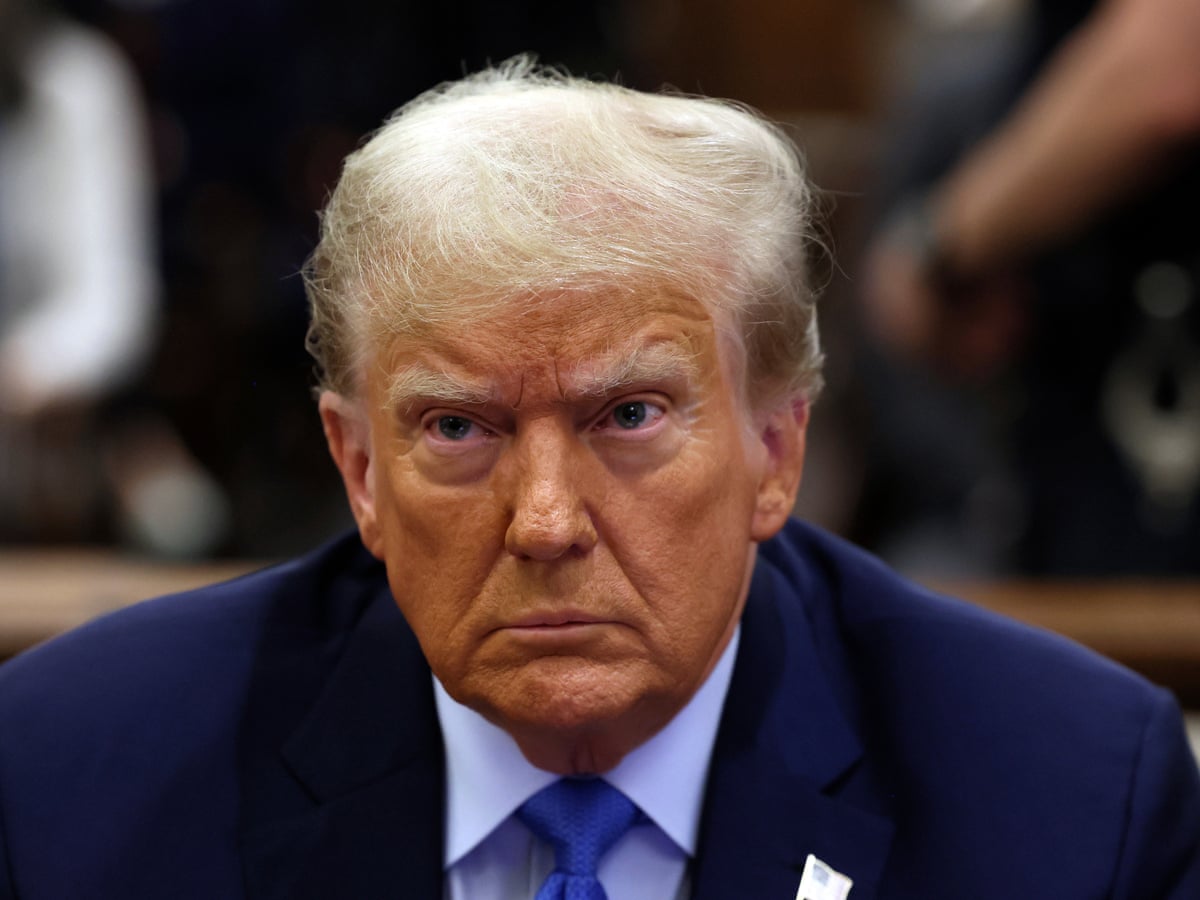
U.S. President Donald Trump threatened once again on Friday to ramp up his trade war, recommending a 50% tariff on European Union goods starting June 1 and warning Apple he may impose a 25% tariff on any iPhones manufactured outside the U.S.
The twin threats, delivered via social media, roiled global markets after weeks of de-escalation had provided some reprieve. The S&P 500 fell 0.9% in early trading, the Nasdaq fell 1.5%, and European shares fell 1.1%.
Trump’s latest broadside against the EU stemmed from his frustration at the lack of progress in trade talks with the bloc. U.S. Treasury Secretary Scott Bessent told Fox News on Friday that the 50% threat will hopefully “light a fire under the EU,” adding that other countries have been negotiating with Washington in good faith.
“The European Union, which was formed for the primary purpose of taking advantage of the United States on TRADE, has been very difficult to deal with,” Trump wrote on his Truth Social site. “Our discussions with them are going nowhere!”
The European Commission on Friday declined to comment on the new threat, saying it would wait for a phone call between EU trade chief Maros Sefcovic and his U.S. counterpart Jamieson Greer scheduled for Friday.
Envoys from the 27 EU countries are also due to meet on trade in Brussels later in the day.
Trump’s stop-and-start global trade war has rattled markets, sapped U.S. consumer and business confidence and raised investor fears of inflationary pressures and a global economic downturn.
In response to falling markets, the White House paused most of the punishing tariffs that Trump announced in early April against nearly every country in the world, leaving in place a 10% baseline tax on most imports. He also cut a massive 145% tax on Chinese goods to 30%.
“What is somewhat of a surprise is the fact that the EU will now face a considerably higher tariff rate than China, an almost unthinkable scenario just a matter of weeks ago,” said Lindsay James, investment strategist at Quilter.
“It is highlighting that much of this policy is designed to be punitive, rather than having any economic credibility to it.”
A 50% levy on EU imports could raise consumer prices on everything from German cars to Italian olive oil.
EU’s total exports to the United States last year totaled about 500 billion euros, led by Germany (161 billion euros), Ireland (72 billion euros) and Italy (65 billion euros). Pharmaceuticals, cars and auto parts, chemicals and aircraft were among the largest exports, according to EU data.
The White House has been in trade negotiations with numerous countries, but progress has been unsteady. Finance leaders from the Group of Seven industrialized democracies tried to downplay disputes over the tariffs earlier in the week at a forum in the Canadian Rocky Mountains.
“The EU is one of Trump’s least favorite regions, and he does not seem to have good relations with its leaders, which increases the chance of a prolonged trade war between the two,” said Kathleen Brooks, research director at XTB.
Shares in Germany’s carmakers and luxury companies, some of the most exposed to tariffs, fell. Porsche, Mercedes and BMW were down between 2% and 4.5% at 1320 GMT. Sunglasses company EssilorLuxottica was 5.5% lower.
Volvo Cars CEO Hakan Samuelsson told Reuters on Friday that customers would have to pay a large part of tariff-related cost increases, and that it could become impossible to import the smallest cars in the company’s lineup to the United States.
But he remained hopeful that Europe and the United States will soon come to an agreement.
“I believe there will be a deal soon. It could not be in the interest of Europe or the U.S. to shut down trade between them,” Samuelsson said.
TARGETING APPLE
“I have long ago informed Tim Cook of Apple that I expect their iPhones that will be sold in the United States of America will be manufactured and built in the United States, not India, or anyplace else,” Trump said in a post on Truth Social on Friday, referring to the Apple CEO.
“If that is not the case, a Tariff of at least 25% must be paid by Apple to the U.S.”
Trump did not give a timeframe for any Apple tariffs.
Shares of Apple fell 2.3% in early trading. More than 60 million phones are sold in the United States annually, but the country has no smartphone manufacturing.
Any effort to impose a tariff on Apple alone could face legal hurdles, according to experts.
“There’s no clear legal authority that permits company specific tariffs, but the Trump administration may try to shoehorn it under its emergency power authorities,” said Sally Stewart Liang, a partner at Akin Gump in Washington.
There are other ways to put company-specific tariffs in place, but they’re all subject to long investigations, such as those on anti-dumping, according to Liang.
Apple declined to comment on Trump’s threat.
In response to market upheaval, the White House had granted exclusions from steep tariffs on smartphones and some other electronics imported largely from China, a break for Apple and other tech firms that rely on imported products.
Apple is speeding up plans to make most of its iPhones sold in the United States at factories in India by the end of 2026 to navigate potentially higher tariffs in China, its main manufacturing base, a source told Reuters.
But Trump and others, including Commerce Secretary Howard Lutnick, have suggested Apple could make iPhones in the United States. In February, Apple said it will spend $500 billion over four years to expand hiring and facilities in nine American states, but it did not say the investment would go towards bringing iPhone manufacturing to the U.S.
“It is hard to imagine that Apple can be fully compliant with this request from the president in the next 3-5 years,” D.A. Davidson & Co analyst Gil Luria said.
Kenya Insights allows guest blogging, if you want to be published on Kenya’s most authoritative and accurate blog, have an expose, news TIPS, story angles, human interest stories, drop us an email on [email protected] or via Telegram
-
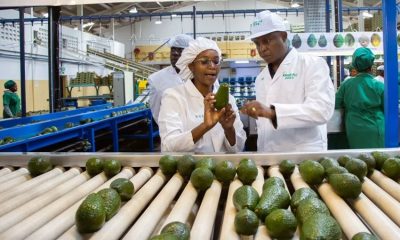
 Business7 days ago
Business7 days agoKakuzi Investors Face Massive Loss as Land Commission Drops Bombshell Order to Surrender Quarter of Productive Estate
-

 Investigations1 week ago
Investigations1 week agoINSIDER LEAK REVEALS ROT AT KWS TOP EXECUTIVES
-

 Investigations5 days ago
Investigations5 days agoCNN Reveals Massive Killings, Secret Graves In Tanzania and Coverup By the Govt
-

 Business1 week ago
Business1 week agoBANKS BETRAYAL: How Equity Bank Allegedly Helped Thieves Loot Sh10 Million From Family’s Savings in Lightning Fast Court Scam
-

 Business1 day ago
Business1 day agoConstruction Of Stalled Yaya Center Block Resumes After More Than 3 Decades and The Concrete Story Behind It
-

 News1 week ago
News1 week agoEXPOSED: How Tycoon Munga, State Officials, Chinese Firm Stalled A Sh3.9 Trillion Coal Treasure In Kitui
-

 News1 week ago
News1 week agoEx-Boyfriend Withdraws Explosive Petition to Remove DPP After Criminal Case Against Capital FM Boss Resurfaces
-

 Politics6 days ago
Politics6 days agoI Had Warned Raila Of Possible Fallout In The Odinga Family After His Death, Oburu Says

